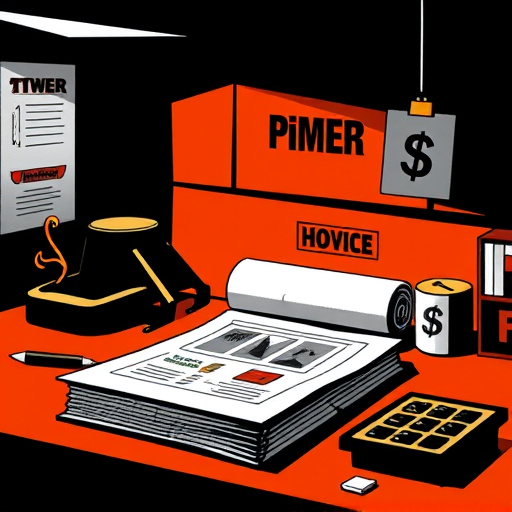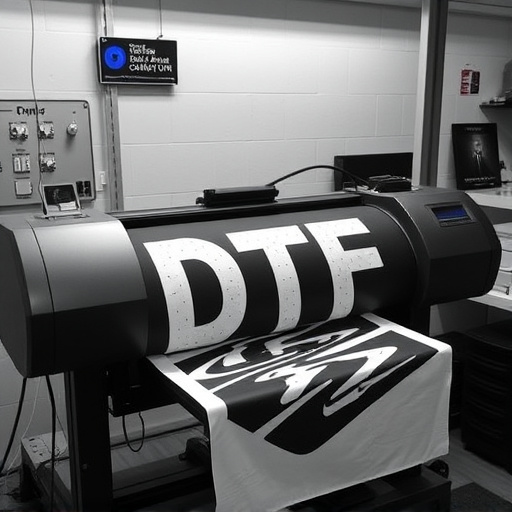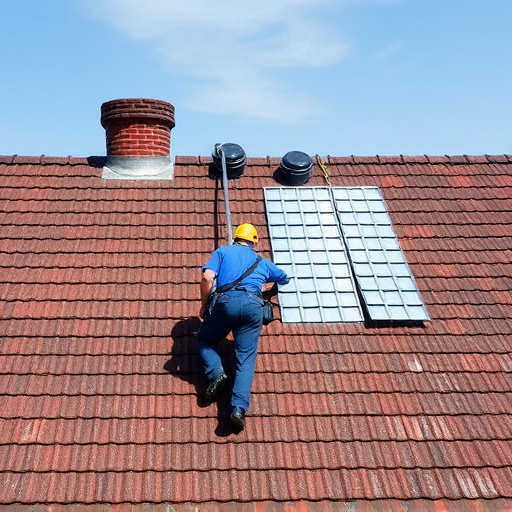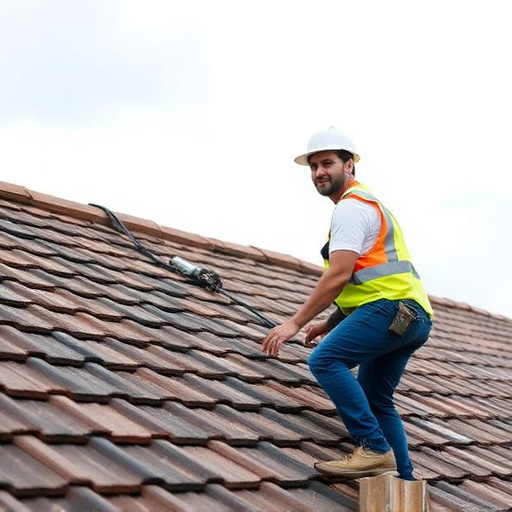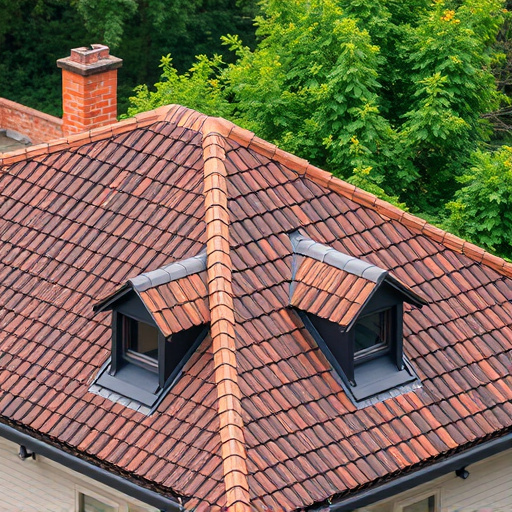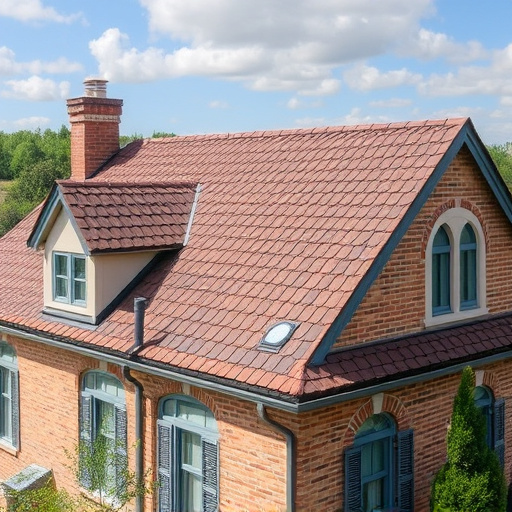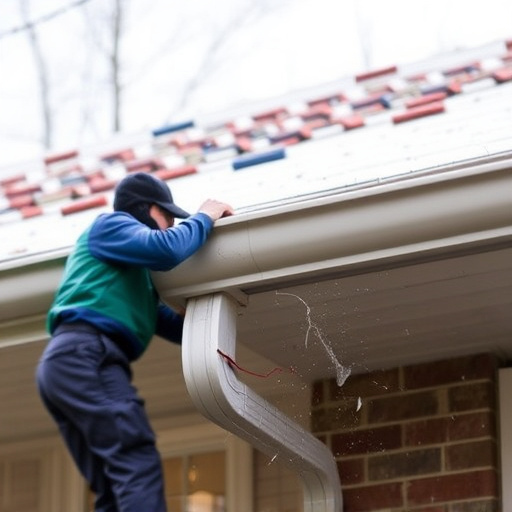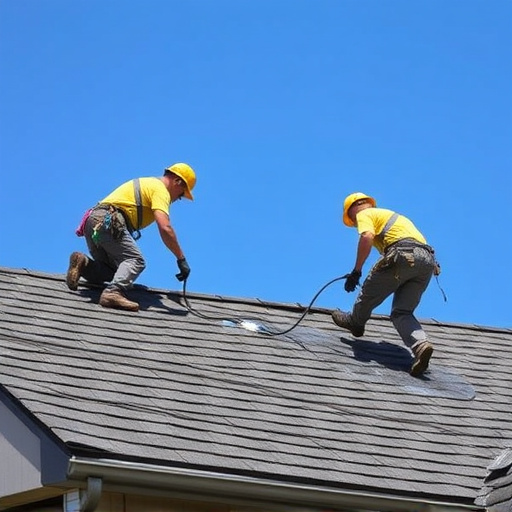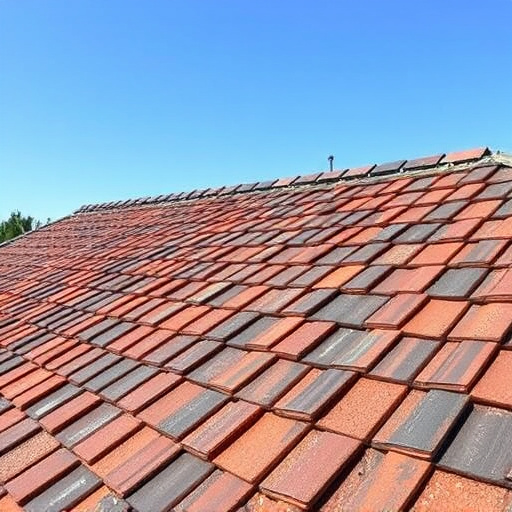Before scheduling roof installation, conduct a comprehensive inspection of your current roof to identify missing or damaged shingles, water damage, and structural weaknesses. Regular maintenance and addressing storm damage and aging signs will prevent costly repairs and ensure efficient roof installation.
Before scheduling roof installation, ask the right questions to ensure a smooth and satisfying process. This comprehensive guide outlines key considerations for homeowners. Start by assessing your roof’s current condition: inspect for damage and understand material life expectancy. Define project scope and goals, aligning design with architecture while prioritizing energy efficiency and durability. Vet roofing contractors meticulously, checking licensing, insurance, warranties, references, and reviews. A well-informed decision will result in a robust, long-lasting roof that enhances your home’s value.
- Assess Your Roof's Current Condition
- – Inspecting the existing roof structure and materials
- – Identifying damage, wear, or necessary repairs before installation
Assess Your Roof's Current Condition
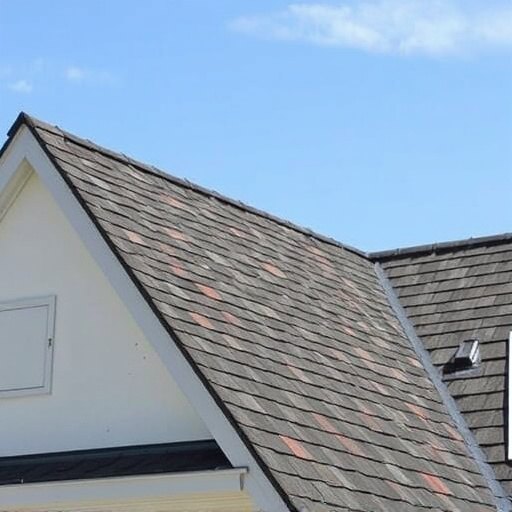
Before scheduling any roof installation, it’s crucial to assess your roof’s current condition. This involves a thorough inspection to identify potential issues such as missing or damaged shingles, signs of water damage, or structural weaknesses. Regular maintenance can often prevent costly repairs down the line, so consider making this part of your home exterior services routine. By addressing problems early, you can save money and avoid more extensive and expensive roof replacements in the future.
A key aspect to evaluate is whether your roof has sustained any storm damage repair needs. High winds, heavy rain, or falling debris can all take a toll on your roofing system. Additionally, checking for signs of aging, like curled or missing shingles, can help you plan for necessary repairs or even a complete siding replacement if significant damage is present. This proactive approach ensures that when you do decide to move forward with roof installation, it’s done correctly and efficiently.
– Inspecting the existing roof structure and materials
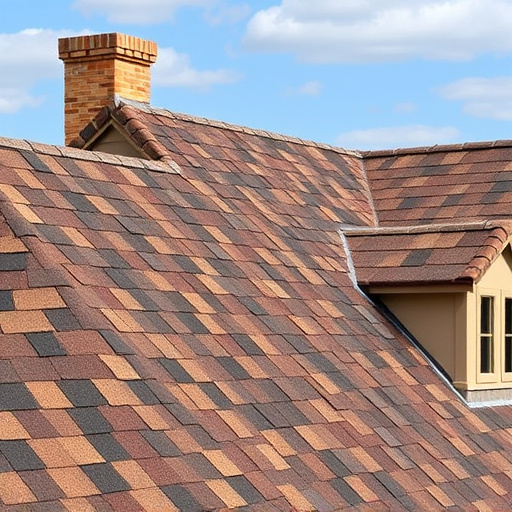
Before scheduling roof installation, it’s crucial to thoroughly inspect the existing roof structure and materials. This step is often overlooked but can significantly impact the success of your new roof. A professional roofer should assess the condition of your current roofing system, taking note of any signs of storm damage repair, leaks, or structural weaknesses. They will also consider factors like age, material type, and local weather patterns to determine if a complete roof replacement is necessary or if targeted roof repair can extend the life of your existing materials.
During this inspection, pay special attention to the underlayment, flashing, and shingles or tiles. These components are vital for protecting your home from the elements. An experienced roofer will check for any loose or damaged parts, ensuring they’re secure and in good condition. This process helps identify potential issues that could lead to future problems, such as water intrusion or reduced energy efficiency, emphasizing the importance of a thorough examination before embarking on residential roofing projects.
– Identifying damage, wear, or necessary repairs before installation
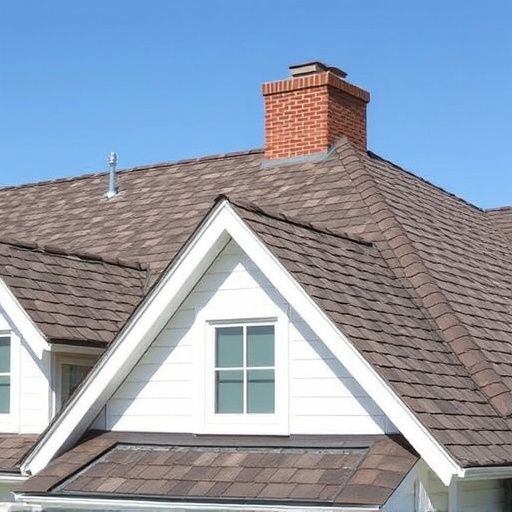
Before scheduling roof installation, it’s crucial to conduct a thorough inspection of your property. This step is often overlooked but can save significant time and money in the long run. Look for any signs of damage, wear, or necessary repairs on your existing roof. Damage could range from missing shingles, flashing issues, to structural weaknesses. Identifying these problems early ensures that they are addressed during the installation process, preventing further complications.
Regular maintenance often helps in prolonging the life of your roof and delaying the need for complete replacement. Consider it as an investment in your exterior home improvements, ensuring a durable and secure shelter for your family or business. Moreover, professionals in commercial siding or residential roofing services will appreciate the opportunity to offer tailored solutions, making the most of the roof installation process.
Before scheduling roof installation, assessing your current roof’s condition is crucial. By inspecting for damage, wear, and necessary repairs, you ensure a more accurate estimate and higher quality outcome. This proactive step not only saves costs in the long run but also prevents future issues, making it an essential part of any home improvement project.



